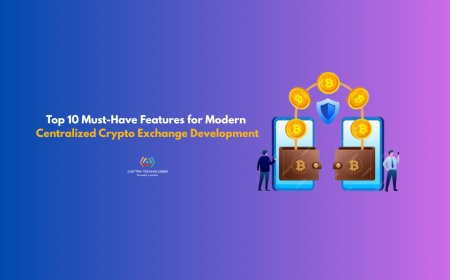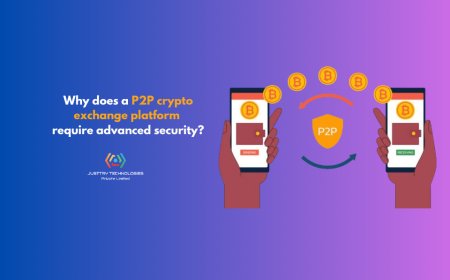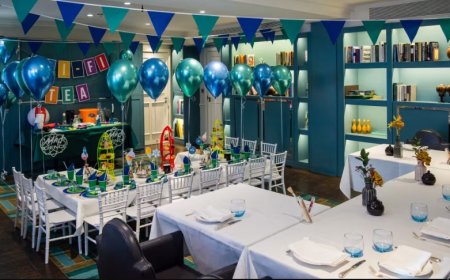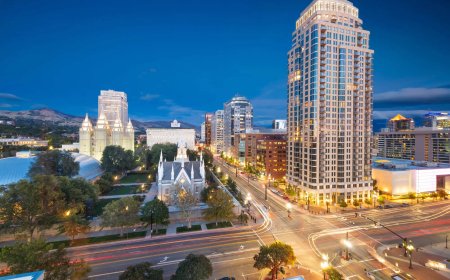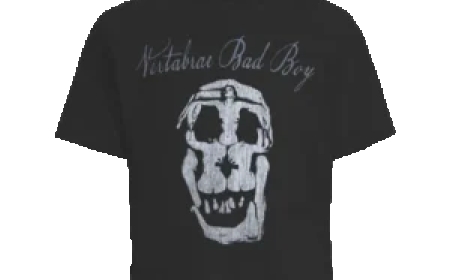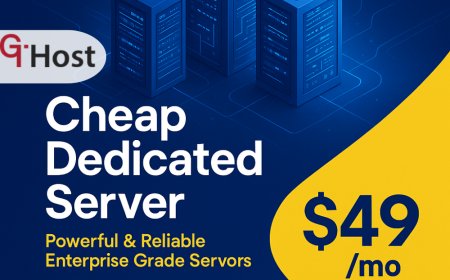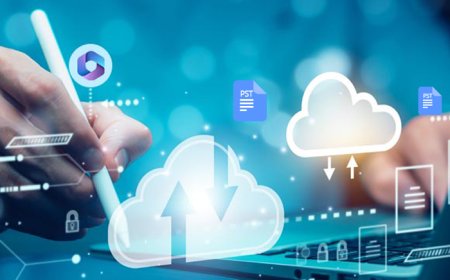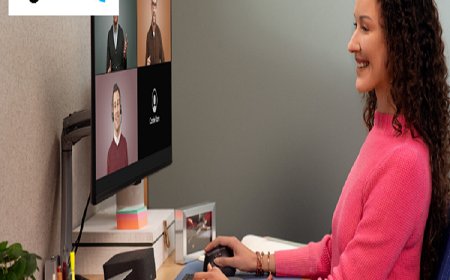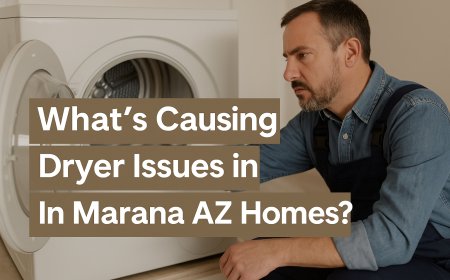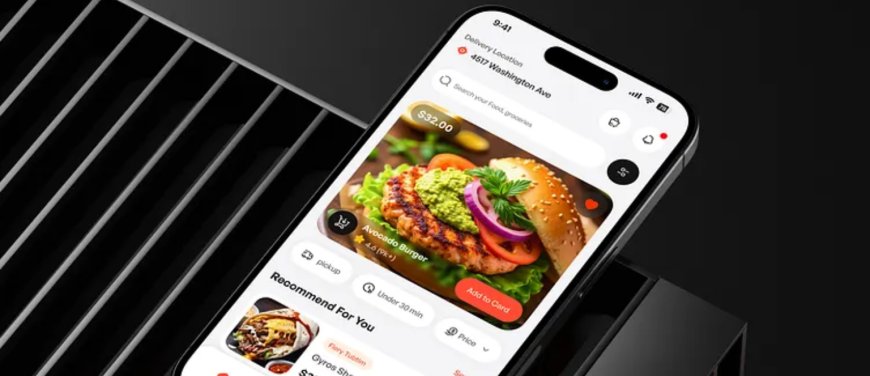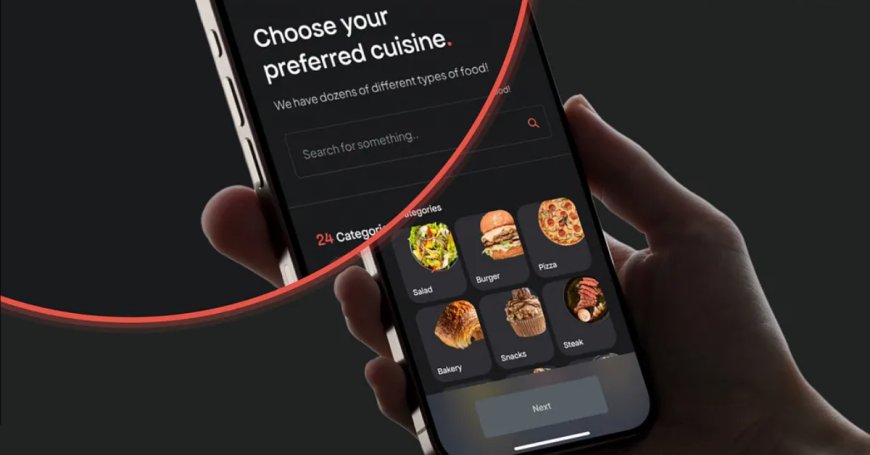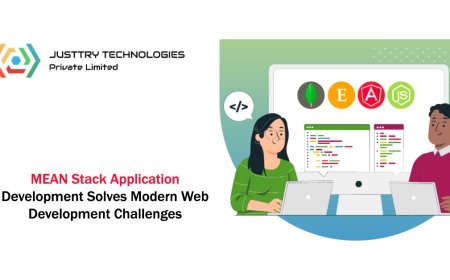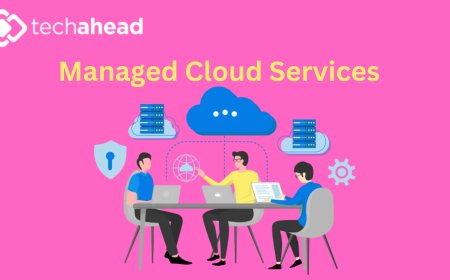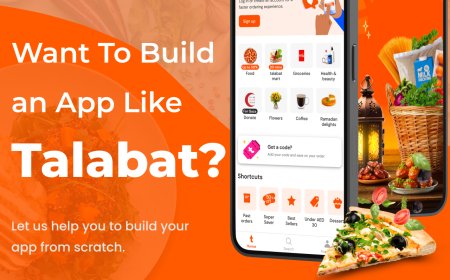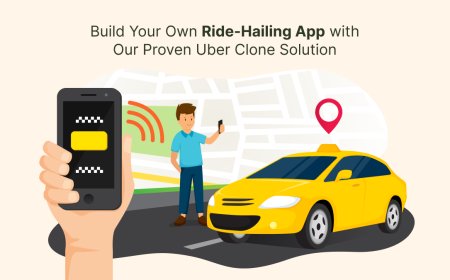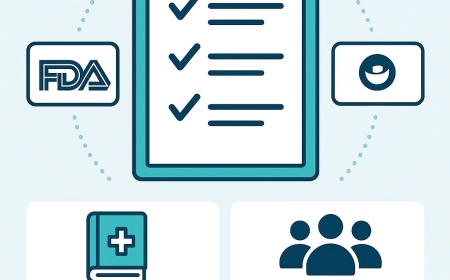Food Delivery App Monetization Models – Complete Guide
Explore the top food delivery app monetization models in this complete guide. Learn how to generate revenue through commissions, subscriptions, ads, and more.
In the rapidly evolving digital age, food delivery apps have become an integral part of urban life. From quick snacks to gourmet meals, users expect food at their doorstep with just a few taps. But beyond convenience for users and restaurants lies a fundamental business question: How do food delivery apps make money?
In this complete guide, well explore the most effective food delivery app monetization models, helping entrepreneurs and businesses understand how to generate revenue from their platforms. Whether you're a startup or an enterprise planning to build a food delivery app, understanding these models is crucial.
Why Monetization Strategy Matters
When developing a food delivery app, functionality and user experience are keybut a robust monetization model ensures sustainability. With high competition in the market, choosing the right revenue streams can make the difference between success and failure.
If you're unsure where to begin, partnering with a seasoned Food Delivery App Development Company like A3Logics can help align your business goals with the best-fit monetization strategy.
Top Monetization Models for Food Delivery Apps
Lets dive into the most successful monetization strategies adopted by food delivery giants like Uber Eats, DoorDash, Zomato, and Swiggy:
1. Delivery Charges
One of the most straightforward monetization models is charging customers a delivery fee. This fee often varies based on:
-
Distance between restaurant and customer
-
Order value
-
Peak hours or weather conditions
Apps can also implement dynamic delivery pricing to optimize profit during high demand.
Pro Tip: Offering free delivery for premium members or on minimum order value can help boost customer retention.
2. Commission from Restaurants
This is the core revenue stream for most food delivery platforms. Restaurants are charged a percentage-based commission on each order placed through the app.
Typically, commission rates range between 15% to 30% depending on:
-
Order volume
-
Exclusivity agreements
-
Marketing support provided
Partnering restaurants get visibility and customers, while the app earns a steady income. Its a win-win when managed effectively.
3. Subscription Models
Subscription-based models offer customers exclusive benefits for a monthly or yearly fee. For example, Zomato Gold or Uber One provide:
-
Free deliveries
-
No surge fees
-
Priority customer support
This model ensures recurring revenue and improves customer loyalty.
App Insight: Subscribers tend to order more frequently, providing predictable income and long-term user engagement.
4. In-App Advertising
As your user base grows, so does your opportunity to earn from in-app advertising. This includes:
-
Banner ads
-
Sponsored listings
-
Promotions for new restaurants
Restaurants and third-party brands pay for visibility, and users get curated content. However, its essential to balance ads without compromising user experience.
If implemented well, ads can contribute up to 20% of total revenue for high-traffic food delivery apps.
5. Surge Pricing
Inspired by the ride-sharing industry, surge pricing boosts profitability during peak demand (e.g., weekends, holidays, or bad weather). Customers pay an additional charge, which can be shared between the platform and delivery partners.
This strategy:
-
Encourages more delivery agents to come online
-
Maximizes revenue during high traffic
Caution: Surge pricing must be transparent to avoid user dissatisfaction.
6. Freemium + Premium Features for Restaurants
Offering basic services for free while charging for premium features is another effective way to monetize. Restaurants can pay for:
-
Priority search placement
-
Advanced analytics and reporting
-
Loyalty programs or targeted promotions
With the right Food Delivery App Development Company, you can customize features that offer real value to your B2B clients.
7. Logistics as a Service (LaaS)
Some platforms offer logistics support to restaurants that lack their own delivery fleet. The app manages delivery and charges a fee, effectively acting as a third-party delivery service.
This model is especially helpful for:
-
Small restaurants
-
Cloud kitchens
-
Grocery stores or alcohol vendors
It opens up a new vertical beyond just food delivery.
8. Affiliate Partnerships
Partnering with payment gateways, banks, or other brands can offer affiliate revenue. For instance:
-
Payment via a specific wallet might come with cashback
-
Restaurant promotions sponsored by food or beverage brands
These partnerships can create mutually beneficial revenue-sharing models.
9. White Labeling
If you have a robust infrastructure, you can license your technology to other businesses under their brandinga process known as white labeling.
Youll earn through:
-
Licensing fees
-
Custom development costs
-
Ongoing technical support
White labeling requires strong backend architecture, which a trusted Food Delivery App Development Company can help build and maintain.
Key Considerations Before Choosing a Monetization Model
Not all monetization strategies suit every business. Here are a few factors to consider before choosing the best approach:
-
Target Market: Urban vs rural, tech-savvy vs traditional consumers
-
User Base: Size and frequency of orders
-
Restaurant Type: High-end restaurants may support higher commission, while budget eateries may not
-
Competition: What monetization models are being used by competitors?
-
Scalability: Will the model work as your platform grows?
Future Trends in Food Delivery App Monetization
As the market matures, new revenue opportunities are emerging:
-
Drone and autonomous delivery will reduce operational costs.
-
AI-driven personalization will increase ad revenue and conversion rates.
-
Multi-vendor delivery models (grocery + food + essentials) will open new streams.
-
Hyperlocal ads and geofencing will allow location-specific offers and promotions.
Choosing a development partner with a finger on the pulse of industry trends is critical. Consider hiring a Food Delivery App Development Company like A3Logics that offers end-to-end solutionsfrom strategy to execution.
Final Thoughts
Monetization is more than just making moneyits about creating sustainable value for users, restaurants, and delivery partners. From delivery fees to advertising, the right combination of models can help your food delivery app not only survive but thrive in a competitive landscape.
Whether youre starting from scratch or optimizing an existing app, investing in expert guidance can fast-track your success. Reach out to a reliable Food Delivery App Development Company to transform your idea into a profitable reality.




